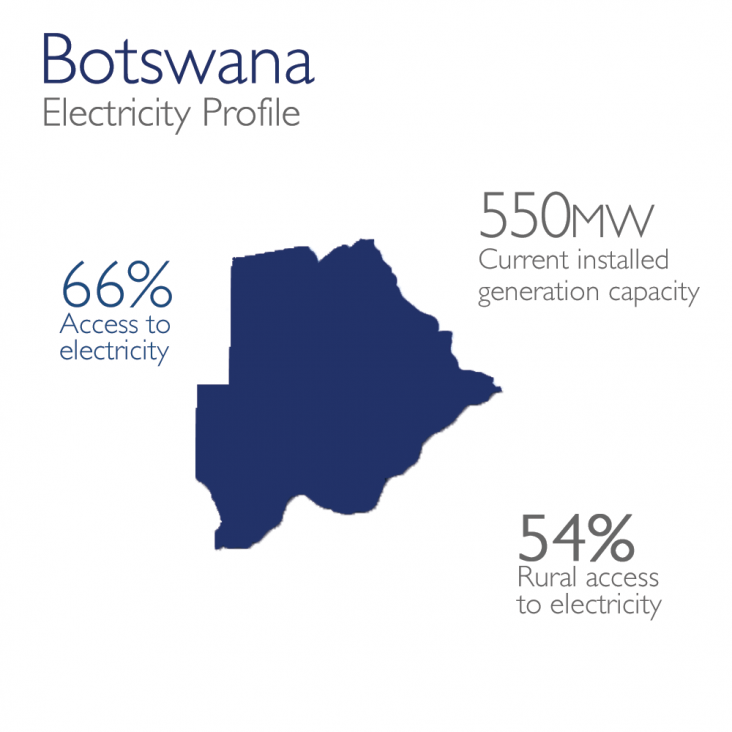- Where We Work
- Interactive Map
- Afghanistan and Pakistan
- Africa
- African Union
- Power Africa
- About Us
- How We Work
- Partners
- News & Information
- Power Africa Toolbox
- Where We Work
- Angola
- Benin
- Botswana
- Burkina Faso
- Burundi
- Cameroon
- Chad
- Côte d`Ivoire
- Democratic Republic of the Congo
- Djibouti
- Eritrea
- Ethiopia
- Gabon
- Gambia
- Ghana
- Guinea
- Guinea Bissau
- Kenya
- Lesotho
- Liberia
- Madagascar
- Malawi
- Mali
- Mauritania
- Mozambique
- Namibia
- Niger
- Nigeria
- Republic of Congo
- Rwanda
- Senegal
- Sierra Leone
- South Africa
- South Sudan
- Swaziland
- Tanzania
- Togo
- Uganda
- Zambia
- Trade and Investment Engagement
- Angola
- Benin
- Botswana
- Burkina Faso
- Burundi
- Cameroon
- Central Africa Regional
- Central African Republic
- Chad
- Côte d'Ivoire
- Democratic Republic of the Congo
- Djibouti
- East Africa Regional
- Ethiopia
- Ghana
- Guinea
- Kenya
- Lesotho
- Liberia
- Madagascar
- Malawi
- Mali
- Mauritania
- Mozambique
- Namibia
- Niger
- Nigeria
- Republic of the Congo
- Rwanda
- Sahel Regional
- Senegal
- Sierra Leone
- Somalia
- South Africa
- South Sudan
- Southern Africa Regional
- Sudan
- Swaziland
- Tanzania
- Uganda
- West Africa Regional
- Zambia
- Zimbabwe
- Asia
- Europe and Eurasia
- Latin America and the Caribbean
- Middle East
- Mission Directory
Botswana
POWER AFRICA FACT SHEET

The Department of Energy Affairs (EAD) within the Ministry of Minerals, Energy and Water (MMEWR) leads the country’s national energy policy. MMEWR through Botswana Power Corporation (BPC) is the main decision maker for the power generation, transmission and distribution. EAD administers the Electricity Supply Act, which latest amendment promotes IPP’s participation in order to achieve security supply in power generation.
BPC has an installed capacity of 450 MW from Morupule B coal fired power plant. The national demand averages 550 MW, covered by importing up to 150 MW from South Africa that mitigates, but does not prevent, load shedding. In 2013 two emergency diesel facilities, 70 MW at Matshelagabedi and 90MW at Orapa, were installed to avoid such outages. Morupule A, a 132 MW facility where capacity dropped to 30% in 2012,has started rehabilitation and upgrading to add capacity in the next two years. Morupule B is also starting expansion in 2016 in order to add another 300 MW by 2020. Based on 2013 data, Botswana’s national electrification rate reached 66% (54% in rural areas, 65% in urban one), but1 million people still lack access to electricity.
Sources:
- www.mmewr.gov.bw
- www.esi-africa.com
- www.esi-africa.com/ (October 27, 2015)
- www.dailynews.gov.bw/ Nov 21, 2013
- www.dailynews.gov.bw Nov 17, 2015
- IEA, World Energy Outlook 2015







Comment
Make a general inquiry or suggest an improvement.